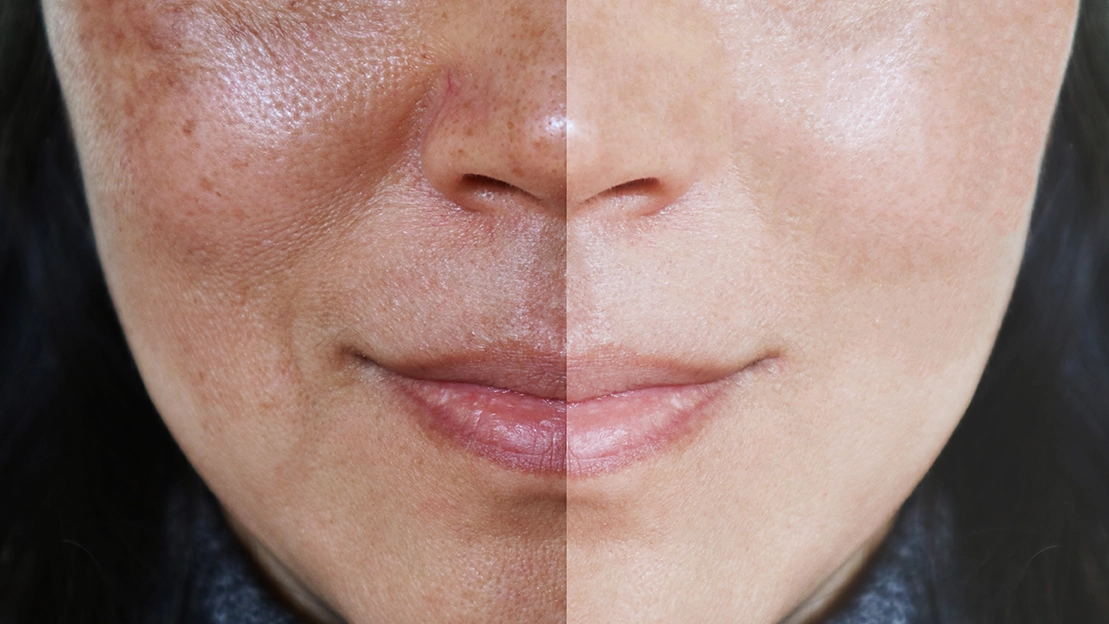EADV 2023: Comorbidities Associated with Vitiligo: A Retrospective Real-World Data Analysis
The present knowledge of the comprehensive impact of vitiligo is restricted. It is often perceived primarily as a cosmetic issue, leading to an insufficient acknowledgement of the associated medical conditions and psychosocial effects on individuals with the disease. This analysis sought to delineate the real-world comorbidities in individuals with vitiligo in Israel. A retrospective cross-sectional analysis was performed using a healthcare organization's database, matching patients diagnosed with vitiligo based on ICD-9 codes with non-vitiligo controls from the general population in a 1:1 ratio. Disease severity was categorized based on treatment received, distinguishing between mild cases treated with topical therapies and moderate-to-severe cases treated with systemic interventions, including phototherapy. Data is presented as proportions with standardized mean differences (SMD) and p-values; p>0.1 indicated a notable difference. Logistic regression, adjusting for age, gender, socioeconomic status, birth country, sector, smoking, and BMI, was used to calculate odds ratios.
A total of 11,412 individuals diagnosed with vitiligo were matched with 11,412 non-vitiligo controls. The mean age was 42 years, with a standard deviation of 21 years, and 51.1% of the patients were female. Notably, patients with vitiligo had a significantly higher likelihood of having any immune-mediated disease compared to the general population (29.7% vs. 18.4% [SMD: 0.27]; P<0.001). The most prevalent immune-mediated comorbidities included atopic dermatitis (12.5%), psoriasis (5.8%), Hashimoto thyroiditis (2.9%), alopecia areata (2.2%), and prurigo nodularis (2.2%). These immune-related conditions were more common in females (33.7% vs 25.6% [P<0.001; SMD: 0.18]), in younger age groups (34.2% for <12 years and 36.9% for 12–<18 years vs 28.1% for ≥18 years [P<0.001; SMD: 0.13]), and in patients with moderate-to-severe vitiligo (37.0% vs mild, 29.7% [P<0.001; SMD: 0.26]). Moreover, a higher proportion of patients with vitiligo also had any psychological comorbidity in comparison to the general population (18.7% vs. 15.9% [P<0.001; SMD: 0.07]), with the most common psychological comorbidities being depression (10.8%), sleep disorder/insomnia (5.9%), and anxiety (3.7%). Psychological comorbidities were more frequent in females (19.7% vs. 17.5% [P=0.003; SMD: 0.06]), among adults (≥18 years, 21.8% vs. 12–<18 years, 7.7%, and <12 years, 4.6% [P<0.001; SMD: 0.35]), and in patients with moderate-to-severe vitiligo (24.8% vs mild, 15.9% [P<0.001; SMD: 0.17]). There was a higher incidence of sexual dysfunction in males (0.6% vs. 0.0% [P<0.001; SMD: 0.11]). In addition to these findings, anaemia (22.5% vs. 17.5% [P<0.001; SMD: 0.14]) was more common in patients with vitiligo. When specifically considering adult patients with vitiligo, they had higher odds of immune-mediated, psychological, and additional comorbidities than the general population. However, the odds of malignancy were not significantly higher. The results indicate that individuals with vitiligo have a greater propensity to experience a range of immune-related and psychological comorbidities when contrasted with the general population. This sheds light on this condition's substantial burden on affected individuals.
Abstract no. 3622, European Academy of Dermatology and Venereology (EADV), Berlin, 11-14 October 2023




